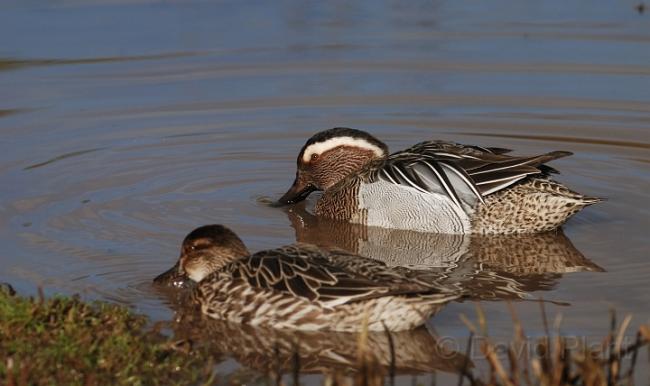Geolocators give new insights into nesting behavior
Date: April 20, 2020
Source: University of Groningen
To find out more about birds such as the black-tailed godwit, ecologists have been conducting long-term population studies using standardized information on reproductive behaviour -- such as dates of egg-laying or hatching and levels of chick survival. New information gathered using geolocators on godwits in the Netherlands shows that traditional observation methods can lead to inaccurate data. The study was published in the April-issue of the Journal of Avian Biology.
PhD student Mo Verhoeven from the University of Groningen used geolocators attached to the legs of black-tailed godwits to follow their migration pattern. 'These consist of a tiny chip that records light intensity every five minutes, together with the exact date and time,' explains Verhoeven. This combination allows him to determine longitude and latitude from the times of sunrise and sunset. Geolocators can collect data for up to 26 months and the information is read after removal of the chip.
Shaded periods
Geolocators are generally used to learn about where birds migrate to and when they migrate. However, for this study, Verhoeven used the geolocators in a different way. 'During the nesting season, the geolocators registered shaded periods during the day,' says Verhoeven. This happens when a bird is sitting on a nest, with its legs folded under its body. 'We were, therefore, able to determine when these birds were nesting.' This was interesting. Accurate data on nesting is difficult to obtain since every observation of a nesting bird will also disturb its behaviour.
The main revelation from Verhoeven's analysis is that the godwits in this study always started a second nest if their first nest failed. 'So far, estimates of this re-nesting varied from 20 to 45 percent,' says Verhoeven. Based on traditional observation techniques, many of these second attempts were previously thought to be first nests, or they were not discovered at all. 'During the season, our observations shifted focus from detecting nests to following the development of chicks,' explains Verhoeven. His data also mean that counting nests to estimate the breeding population is not very accurate since many birds build a second nest.

